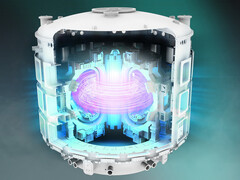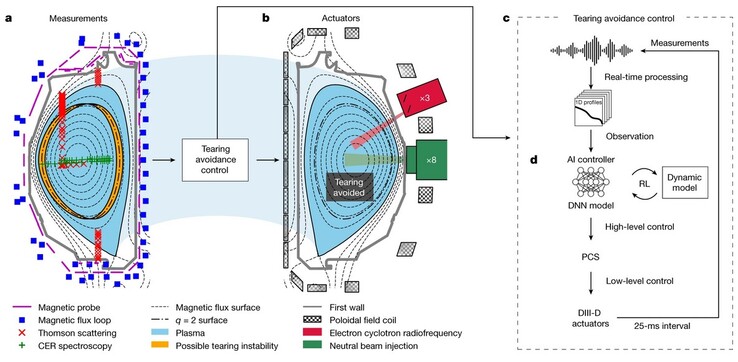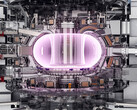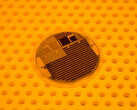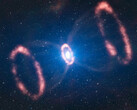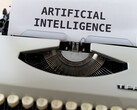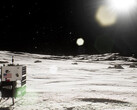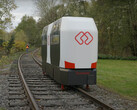Heating a mixture of hydrogen isotopes to over 150 million degrees Fahrenheit (100 million degrees Celsius) with several hundred laser beams is one thing.
Keeping the resulting plasma stable is the supreme discipline. After all, this state of matter beyond "gaseous", in which atomic nuclei and electrons are completely separated, is not at all native to the earth. It's like trying to stop an ice cube from melting over a campfire with a few ice packs.
Used correctly, it can work. If only there weren't so many variables. A gust of wind sends sparks flying and burns a hand holding such a pack, ice cube melted - to stay with the metaphor.
The current record for maintaining optimal conditions for nuclear fusion on Earth is just 30 seconds. A plasma in itself, even if not hot enough, could already be stabilized for a quarter of an hour.
That does not sound like permanently stable operation. And as soon as the stable containment of the plasma no longer works, it has to be cooled down as quickly as possible, otherwise the damage to the technology of the fusion reactor would be enormous. This requires huge amounts of energy each time.
Thanks to deep reinforcement learning, a sub-aspect of machine learning, a method has been developed and tested that can effectively prevent precisely this destruction of the plasma flow.
A team from the University of Princeton and Chung-Ang University in Seoul used an additional bundle of laser beams and a cyclotron, i.e. a compact particle accelerator with a strong magnetic field, to keep the plasma in its desired environment.
However, as there are far too many variables to be able to actually calculate how both instruments can intervene and what the effect is, artificial intelligence comes into play, which has been trained for precisely this one task.
In this way, the system was able to prevent a disruption to the plasma flow at DIII-D, the largest tokamak nuclear fusion reactor in the US. Even under less than ideal conditions, the so-called "tearing" of the plasma could be prevented. The circuit, which is controlled by AI, has just 25 milliseconds between two measurements, which seems to be enough for it.
In addition to image generation and the assembly of empty advertising texts (but this is not the fault of AI), there are also a few sensible and future-proof applications for artificial intelligence.
However, the technology is still at the experimental stage and further tests and improvements are needed before it can ultimately be used in ITER, the first fusion reactor with a positive energy balance currently under construction.




